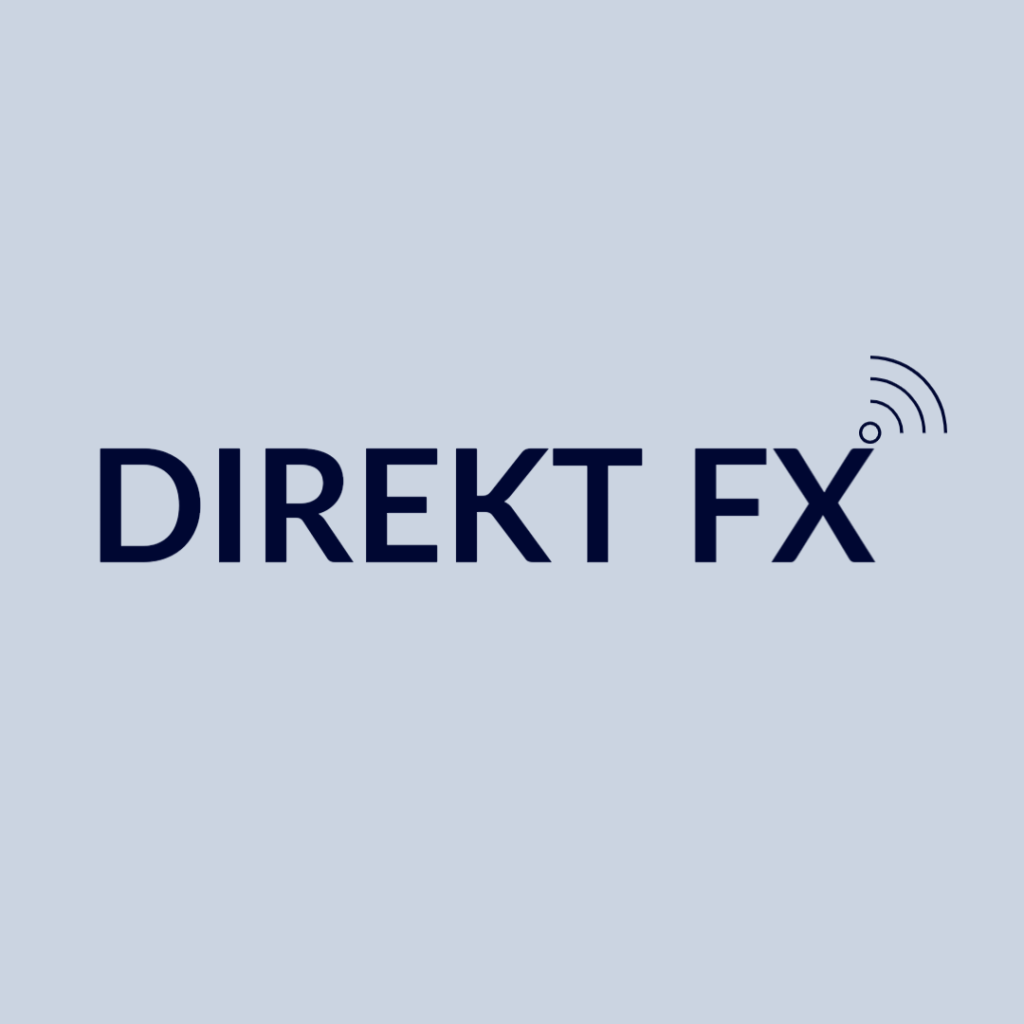
How do Brokers and Liquidity Providers Work Together?
Brokers are intermediaries between traders and financial markets. They facilitate the buying and selling of assets. Liquidity providers provide the necessary capital to ensure smooth transactions. They maintain market stability by offering buy and sell quotes.
The collaboration between brokers and liquidity providers ensures efficient trade execution, reduces costs, and improves market liquidity. This partnership enhances market stability and benefits all participants.
Understanding Brokers
Brokers are entities or individuals that execute trades on behalf of clients. They connect buyers and sellers in various financial markets, including stocks, forex, and commodities.
Types of brokers
Retail brokers: Serve individual investors and small traders. They provide access to trading platforms and market analysis tools.
Institutional brokers: Cater to large organizations like hedge funds and banks. They offer advanced trading solutions and handle large volumes of transactions.
Explore the world of financial services and trading solutions. Join the Liquidity24 community now!
Understanding Liquidity Providers
Liquidity providers are institutions that supply the capital needed for market transactions. They ensure there is a counterparty for every trade to maintain market fluidity.
Types of liquidity providers
Banks: Major global banks like JP Morgan and Goldman Sachs are primary liquidity providers.
Financial institutions: Large institutions that trade substantial volumes of assets.
Market makers: Entities that continuously quote buy and sell prices for specific securities and ensure market liquidity.
How Collaboration Works
Brokers and liquidity providers facilitate trade execution together. Brokers route client orders to liquidity providers who fulfil these orders. It ensures trades are executed at the best possible prices.
Order Execution Process
Direct Market Access (DMA) brokers provide direct access to financial markets. Orders are executed at the best prices and sourced from multiple liquidity providers.
Market makers provide continuous buy-and-sell quotes. Brokers route orders to market makers, who fulfil them and ensure constant market liquidity.
Electronic Communication Networks (ECNs)
ECNs are automated systems that match buy and sell orders. They facilitate direct trading between market participants, increase transparency, and speed up execution. They aggregate quotes from multiple sources to ensure the best prices for trades.
Benefits of the Partnership
The partnership between brokers and liquidity providers offers multiple benefits:
Improved trade execution and reduced slippage
The collaboration ensures trades are executed quickly and at the best prices. This reduces slippage, where the execution price differs from the expected price.
Enhanced liquidity and tighter spreads
Liquidity providers ensure there are always buy and sell quotes available. It offers narrower spreads and reduces trading costs.
Better risk management and market efficiency
Brokers and liquidity providers work together to manage risks effectively. This partnership enhances overall market efficiency and stability.
Challenges and Risks of The Partnership
The partnership between brokers and liquidity providers also comes with challenges:
Potential conflicts of interest
Brokers and liquidity providers may have differing interests. It can create conflicts, especially if a liquidity provider trades for its account.
Impact of market volatility on liquidity
High volatility can strain liquidity. During such periods, liquidity providers might widen spreads or limit their quotes, affecting trade execution.
Regulatory challenges
Both brokers and liquidity providers must comply with stringent regulations. Keeping up with changing regulations can be challenging and resource-intensive.
Conclusion
The partnership between brokers and liquidity providers enhances market liquidity and stability. Technology will continue to evolve, improving trade execution and transparency.
Register your company now and get featured on our homepage!
Follow us on LinkedIn to get daily forex and CFD updates!





